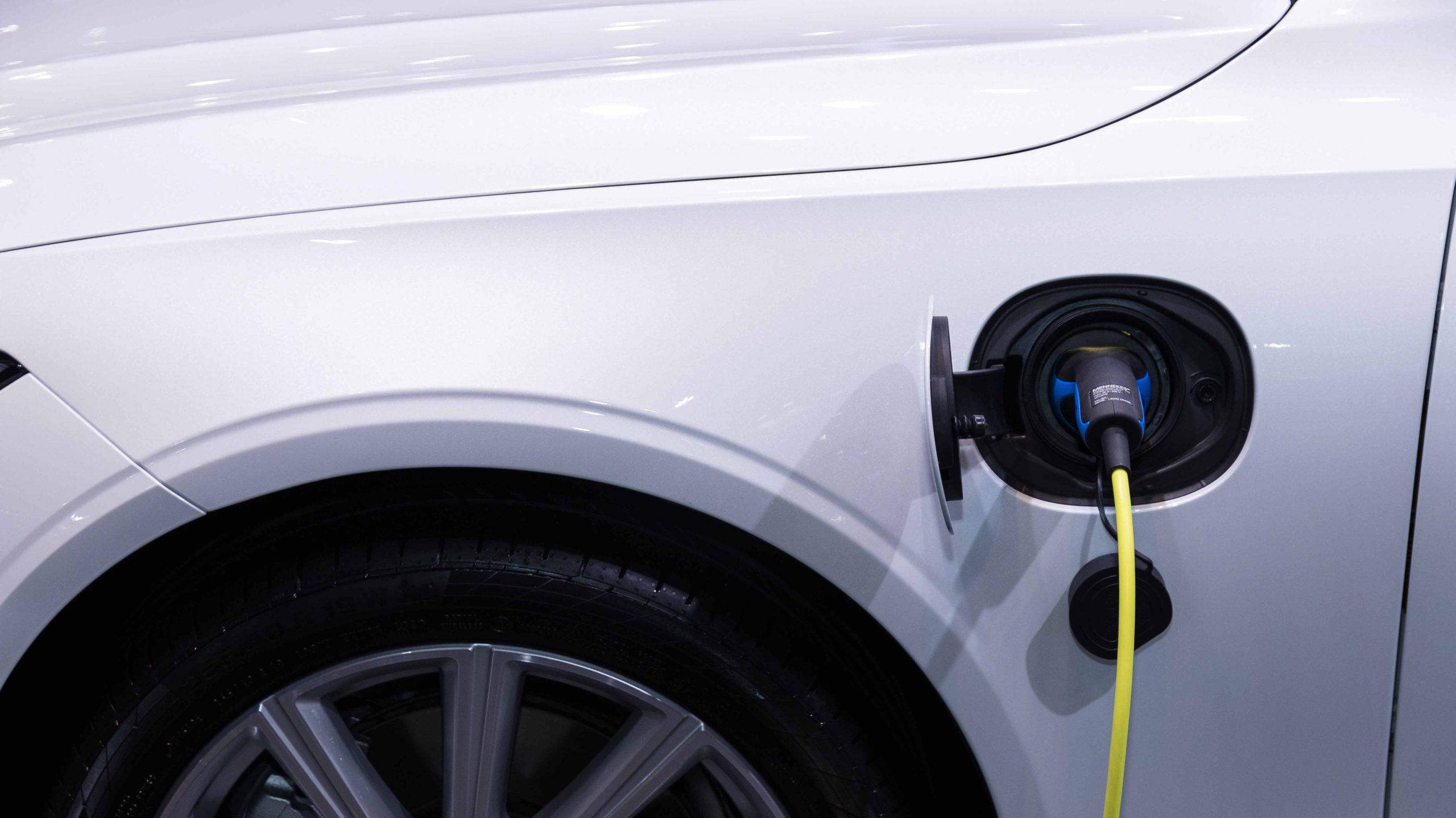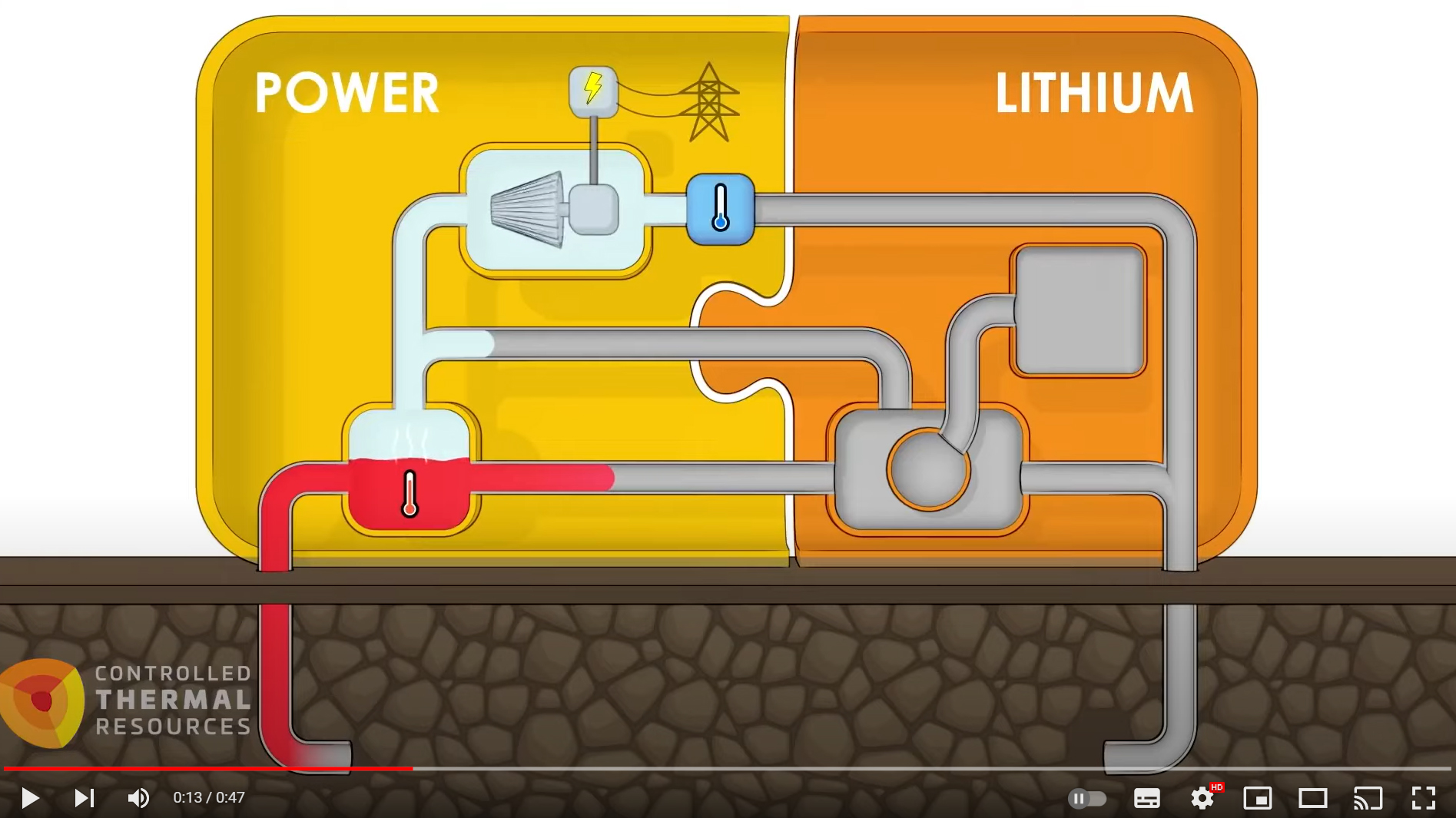
Lithium Production from Geothermal
Geothermal energy can be used to extract lithium from geothermal brines, providing a sustainable and cost-effective way to produce this valuable metal.
Lithium is a key component in the production of rechargeable batteries used in electric vehicles, mobile devices, and other electronics.Geothermal brines are naturally occurring underground water sources that are heated by geothermal energy.
These brines often contain dissolved minerals, including lithium, which can be extracted through a process called direct lithium extraction (DLE).
The DLE process involves pumping the geothermal brine to the surface, where it is first treated to remove any impurities. The brine is then fed into specialized membranes that selectively bind to lithium ions, allowing them to be separated from the other minerals. The lithium can then be extracted from the membranes and purified for use in battery production.
Using geothermal energy for direct lithium extraction has several advantages. First, it is a low-carbon and sustainable process, as it uses the heat energy from the earth instead of relying on fossil fuels. This can help to reduce greenhouse gas emissions and mitigate climate change. Second, the process can be more cost-effective than traditional lithium extraction methods, as it requires less energy and can be done on a smaller scale.
Nonetheless, geothermal brines can still be a viable source of lithium, especially in regions with high geothermal activity and a lack of other sources.
Overall, using geothermal energy for direct lithium extraction can provide a sustainable and cost-effective way to produce this valuable metal, supporting the growth of the electric vehicle and electronics industries while reducing reliance on fossil fuels.

For original of this video and more from its contect creator please visit : YouTube @ConversationEDU
Geothermal is as an everyday advancing technology on the verge of unlocking vast quantities of lithium from naturally occurring hot brines under the ground.
Lithium is essential for lithium-ion batteries, which power electric vehicles and energy storage.
İklim Değişikliğine Yardımcı Olur
Jeotermal enerji, tüm enerji türlerinin altıncı en düşük karbon ayak izine sahiptir. Üretilen kWh başına, jeotermal enerji 38 gram CO2 yayarak enerji sistemleri içinde .evre dostu olarak en azı konumundadır. İklim değişikliğiyle mücadele eder, çeşitli çevresel faydalar sağlar ve bazı lokasyonlarda bindelrle ölçümlenebilen çok az miktarda sera gazı emisyonuna sahiptir.
En düşük CO2 seviyesine sahip
Jeotermal enerji, dünyanın çekirdeğinden gelen ısıyı kullanan ve çok az veya hiç atık üretmeyen ve aynı zamanda en düşük karbondioksit (CO2) emisyon seviyelerinden birini vaat eden sürdürülebilir bir enerji kaynağıdır. Bu yüzden şunu sormamız gerekiyordu: Jeotermal enerjinin karbon ayak izi nedir?
Bazı Gerçekler
İnsan kaynaklı tüm karbondioksit emisyonlarının yüzde seksen beşi, otobiller için kullanılan benzin, mazot dahil olmak üzere kömür, doğal gaz ve petrol gibi fosil yakıtların yanı sıra çimento üretimi gibi bazı endüstriyel süreçlerin yanmasından kaynaklanmaktadır. Dünyadaki tüm Termitler, insanlardan daha fazla CO2 üretir!
Jeotermal Kaynaklar
yenilenebilir enerji türlerinden biridir ve asla tükenmez. Bol miktarda jeotermal enerji, Dünya var olduğu sürece mevcut olacaktır. Dünyanın iç çekirdeği tarafından üretilen ısıdan elde edilen yenilenebilir bir enerji kaynağıdır ve dikkat ettiğimiz sürece 7/24/365 kullanılabilir.

